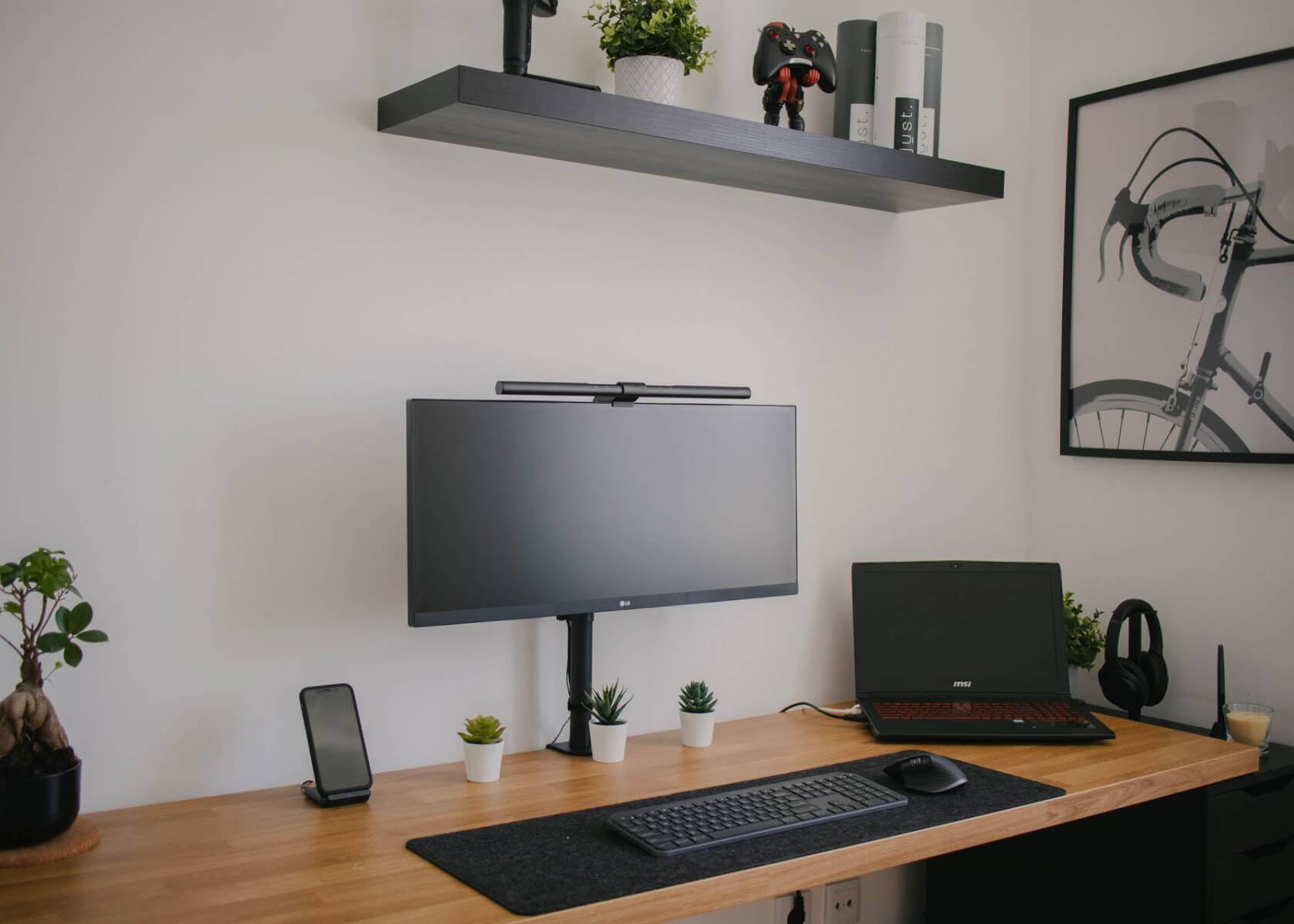Design and Implement Templates in Notion: A Comprehensive Guide

New to Notion?
How to Design and Implement Templates in Notion
Notion is a powerful tool that allows users to organize and manage their information in a flexible and customizable way. One of Notion’s standout features is its ability to create and use templates, which save time and ensure consistency across your workflows. This article will guide you through designing and implementing templates in Notion using current features and best practices.
Understanding Templates in Notion
Templates in Notion are starting points for creating new pages or databases. They act as pre-designed structures that you can reuse, ensuring a consistent format and layout for your content. Templates are highly customizable and can include pre-filled content, properties, and even linked databases. With recent updates, Notion has streamlined the template experience by introducing improved UI elements and enhanced integration of features like synced blocks and template buttons.
Designing Templates
Before designing a template, it’s important to clearly understand the structure and content you want to include. Follow these steps to design your template effectively:
Define the purpose – Identify what your template is for and the workflow it will support. Whether it’s a meeting notes template, a project tracker, or a Content calendar, having a clear purpose will guide your design decisions.
Outline the layout – Create a rough layout of your template. Consider which sections, headings, and subheadings are needed. Think about the information hierarchy and the navigation flow for users.
Determine properties – If your template includes a database, decide on the properties or fields to include. These can range from date fields and labels to multi-select options and formulas. Choose properties that will help you organize and categorize your data effectively.
Decide on content blocks – Notion offers a wide range of content blocks such as text, tables, lists, images, and more. Select the content blocks that best present your information. Consider using toggle blocks or page Links for additional details or hidden content.
Customize blocks with styles – Take advantage of Notion’s styling features to reinforce your branding or visual hierarchy. Customize fonts, colors, and spacing to achieve a consistent and appealing design. Updated tools like the "Format Painter" can make applying styles across blocks faster and more efficient.
Implementing Templates
Once you have designed your template, follow these steps to implement it in Notion:
Create a blank page or database – Start by creating a new blank page or database within your workspace.
Build the structure – Use the content blocks and layout you designed to construct the structure of your template. Add headers, subheadings, and other blocks as required.
Add properties – For database templates, configure the relevant properties you planned earlier. Customize settings such as date formats and dropdown options as needed.
Customize styles – Apply your chosen styles to ensure the template reflects your desired branding or personal style. Use the wide range of customization options available in Notion to modify fonts, colors, and spacing.
Save as a template – After finalizing your template, save it by clicking on the "Page Options" menu (the three-dot icon) and selecting "Save as Template". Give your template a meaningful name and, if needed, add a description for future reference.
Using Templates
With your template saved, you can now use it to create new pages or databases. Follow these steps to get started:
Create a new page – Click on "New Page" in your Workspace or use the "+" button in the sidebar.
Select the template – In the page creation window, locate the "Templates" section. Click on the dropdown and choose the template you want to apply.
Customize and populate – When you select a template, Notion generates a new page based on that design. Personalize the page by updating text, rearranging content blocks, and filling in specific information as required.
Repeat as needed – You can reuse your template multiple times. Each page created using your template will maintain the same structure and properties, ensuring a uniform experience every time.
Conclusion
By understanding and utilizing the process of designing and implementing templates in Notion, you can create custom structures tailored to your workflows. Templates not only save time but also ensure consistency, improve organization, and streamline your work processes. Leverage Notion’s powerful template functionality and recent feature enhancements to boost your productivity and achieve visual clarity in your projects.
Happy templating with Notion!


